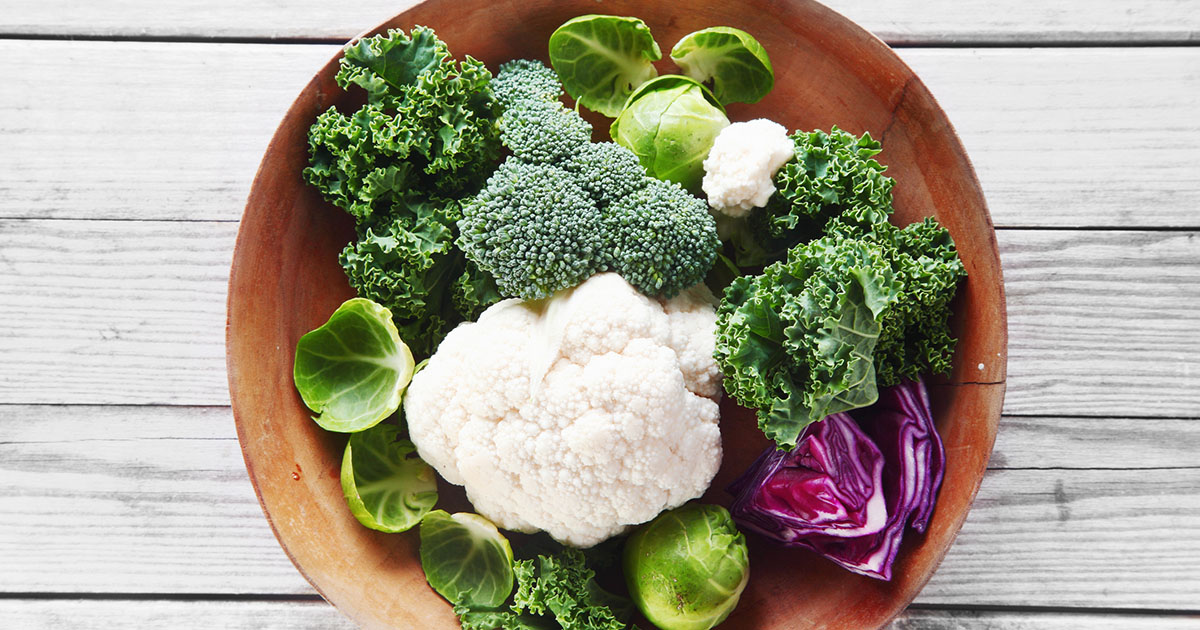What Is A Macrobiotic Diet?
Vegetables

In many diets, individuals can eat as many vegetables as they please and do not have limits on what specific ones they choose to include. This is not the case with the macrobiotic diet. Here, locally grown vegetables should account for twenty to thirty percent of the food macrobiotic dieters eat. These guidelines also outline the vegetables that dieters are allowed to eat daily, occasionally, and sparingly. Daily vegetables include kale, broccoli, cauliflower, onions, mustard greens, Daikon radishes, turnips, carrots, watercress, bok choy, and winter squash. Occasional vegetables, allowed approximately two to three times in one week, are lettuce, celery, cucumbers, and some herbs, such as chives. The vegetables those subscribing to a macrobiotic diet should limit how often they consume include avocados, eggplants, tomatoes, spinach, rhubarb, zucchini, and asparagus.
TheKushi Institute also recommends specifics on how to cook and consume these vegetables. The three most common cooking methods are blanching, lightly steaming, or sauteing vegetables in unrefined, cold-pressed oil. Individuals should only consume a few raw vegetables and avoid pickling where possible.
Continue reading for details on fruit and the macrobiotic diet.